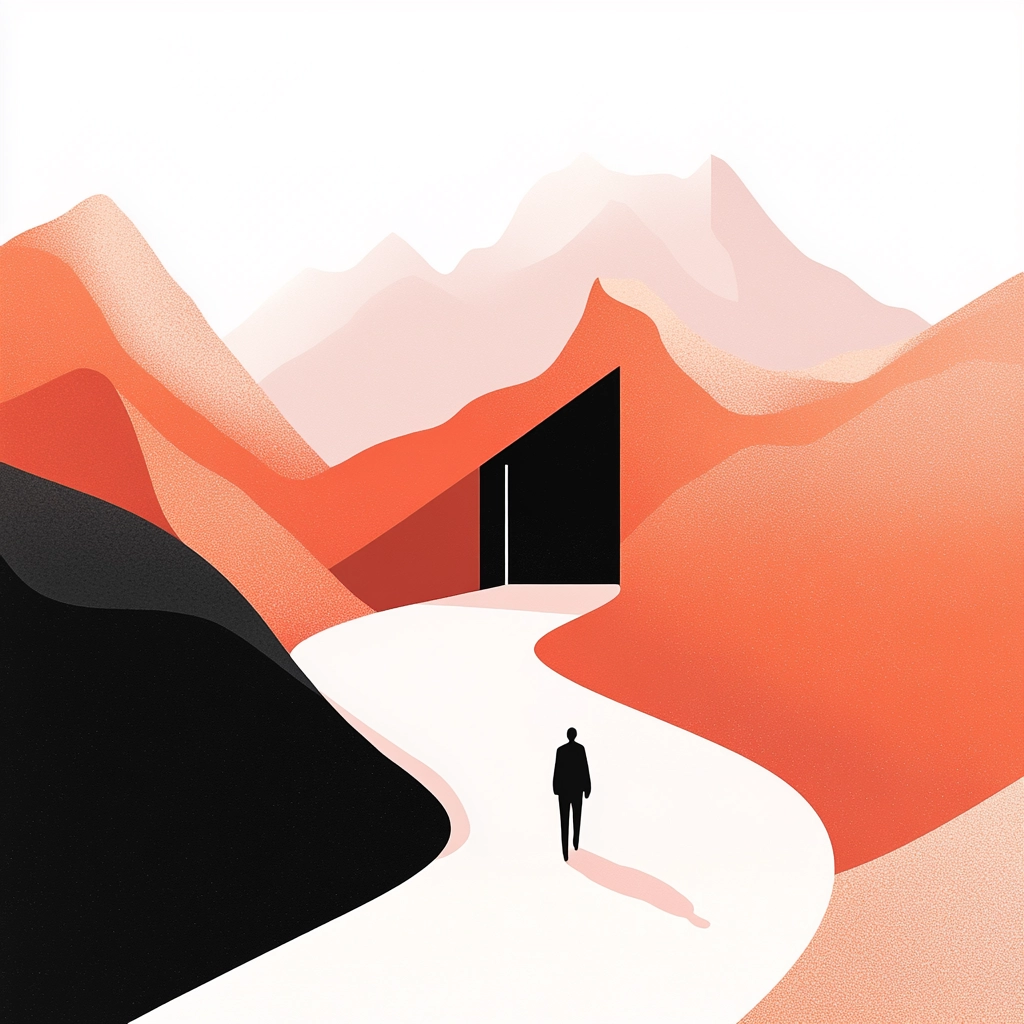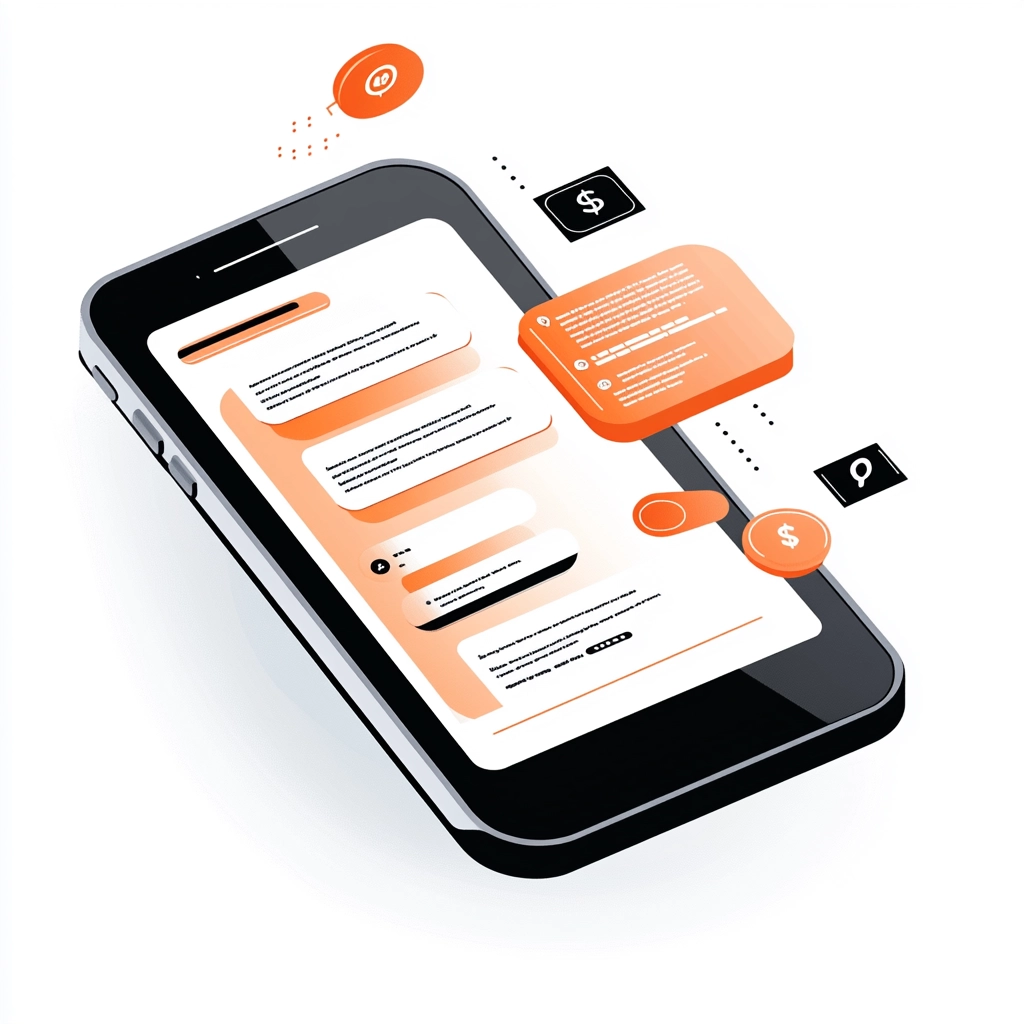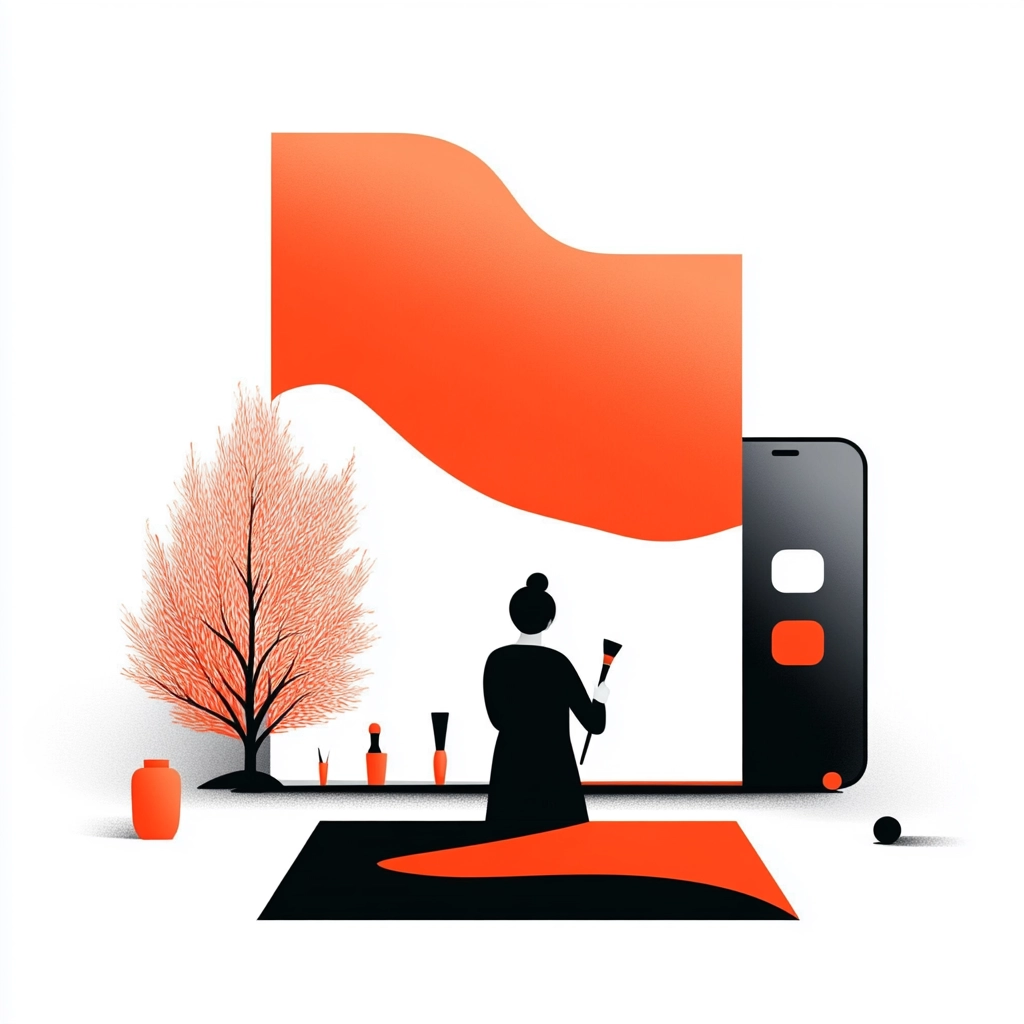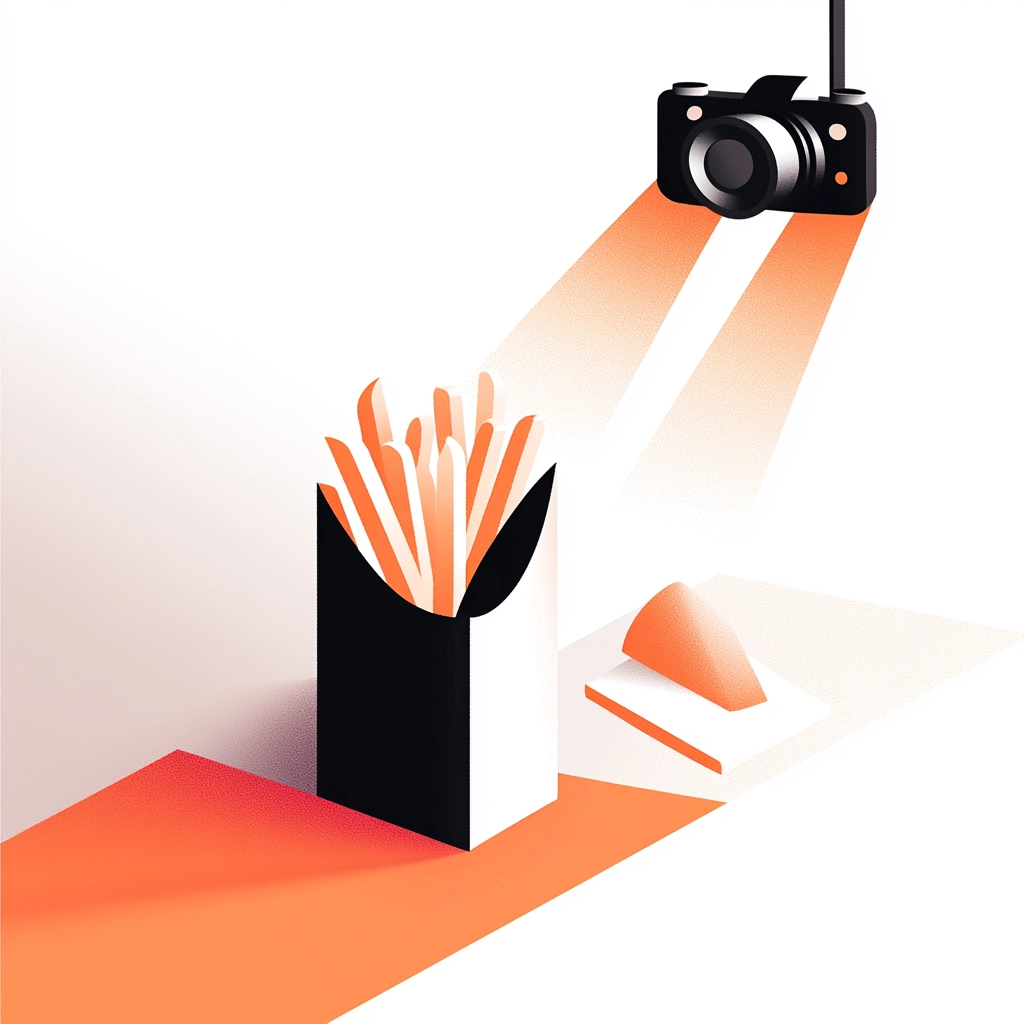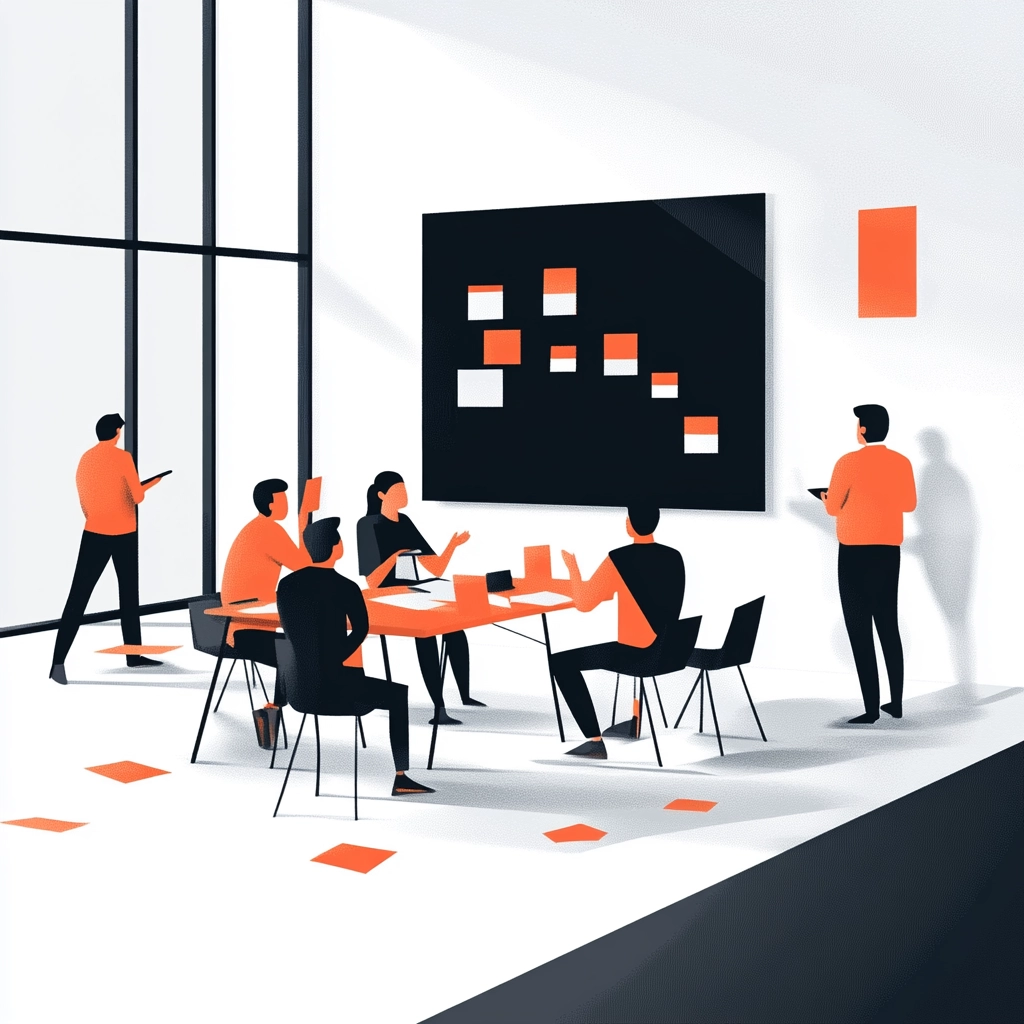Project 1: Lenovo - Aligning remote teams
PROBLEM
Overcome communication and collaboration barriers between Lenovo teams located in the U.S., China, Hong Kong, and Japan.
MY ROLE: Design Researcher and Strategist
GOAL
Uncover key pain points in remote collaboration and co-create internal tools that foster empathy and team alignment.
OUTCOME
We delivered two internal tools for Lenovo teams:
- Empathy Map Workshop – designed to build understanding across departments
- Project Alignment Canvas – to be used during kickoffs for better clarity and expectation-setting
PROCESS
We dived into getting to know these teams through research, and understood the problem they faced:
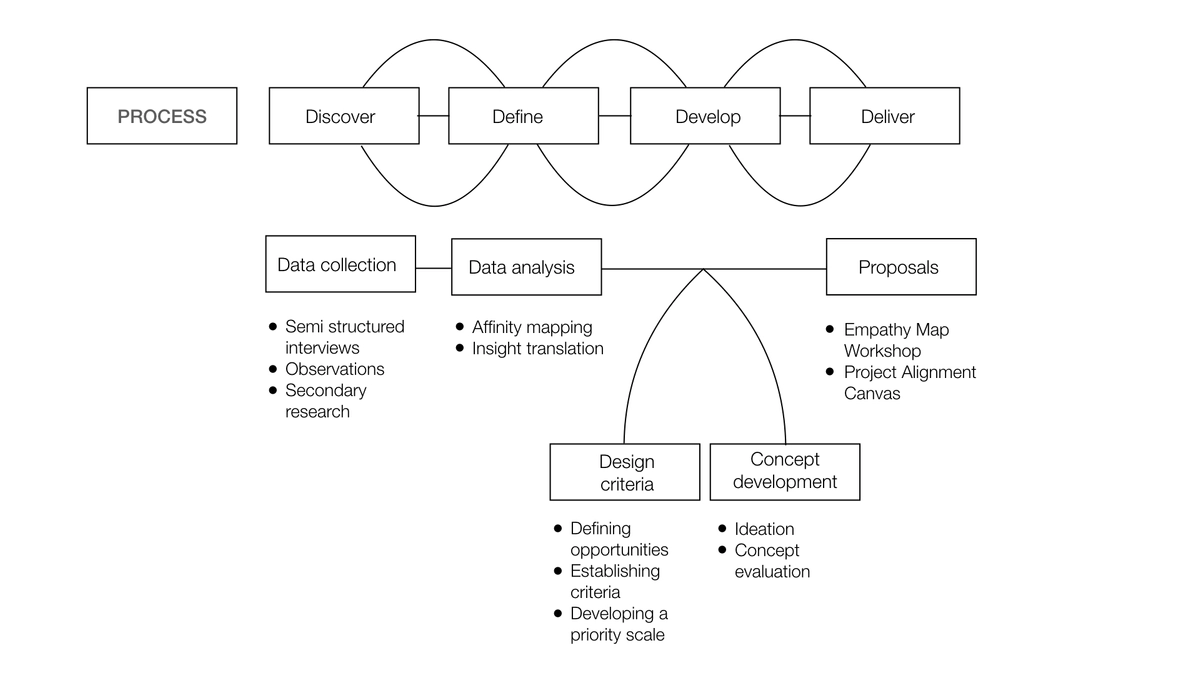
Problem statement:
Who: Cross-functional Lenovo team members working across global offices (U.S., China, Hong Kong, Japan)
What: Struggle to stay aligned and build empathy across virtual environments due to cultural and communication barriers
Where: Throughout the project lifecycle — especially during kickoff and remote collaboration
Why: Because time zones, language differences, and lack of structured communication prevent teams from feeling emotionally and strategically connected
So what: Without mutual understanding and a shared language, teams experience misalignment, missed goals, and lower engagement
KEY SKILLS: Mapped out secondary research, utilized sense-making processes, conducted interviews, diligent note-taking, transcribed interviews, analyzed interview transcripts through affinity mapping, identified pain points and opportunities, and condensed research into criteria.
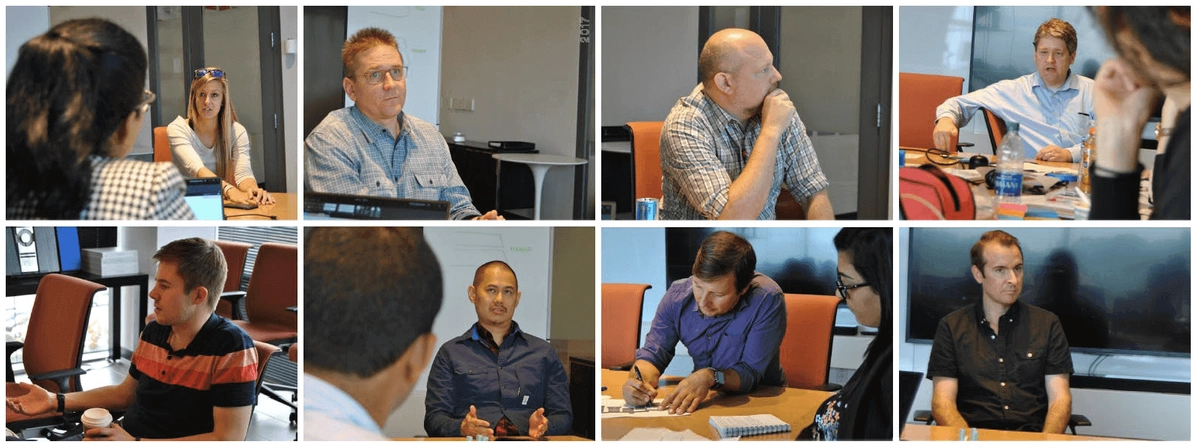
We delivered mainly 2 recommendations based on our prioritized findings.
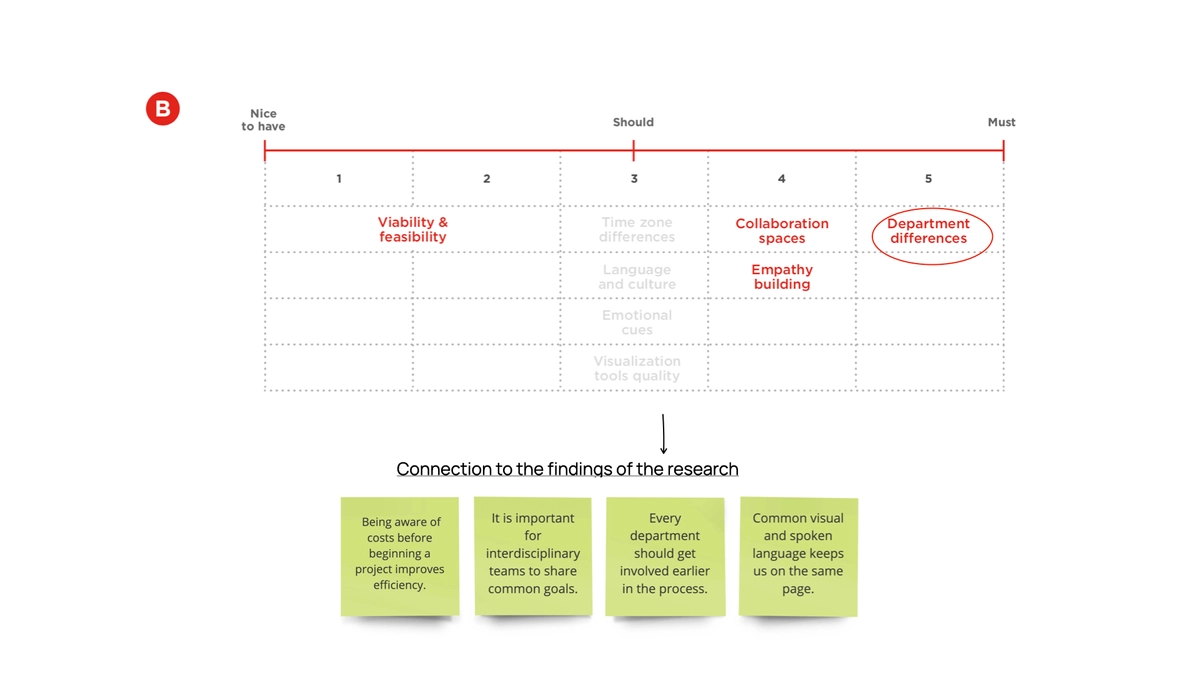
LEARNINGS
- Utilizing a priority scale: It was useful when interacting and co-creating with our client since I could see the research being validated and transitioning towards a design solution.
- Human connection: Personal and professional relationships have become more difficult to navigate in the age of constant connectivity and rapid project timelines.
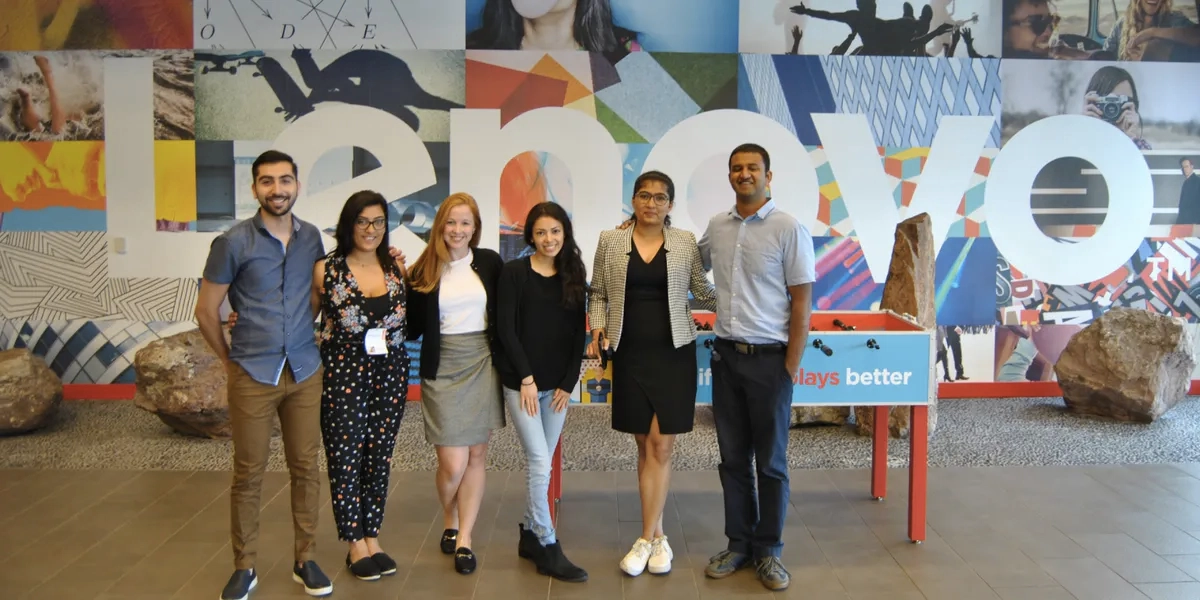
TEAM: 6 Design Management MFA Candidates. Prof. Tom Hardy.
Project 2: Airbnb - Visual identity and needs uncovered from research
PROBLEM
Airbnb was evolving its visual identity to reflect inclusivity. However, it needed user-driven insights to ensure that new illustrations resonated with the emotional realities of hosts and guests.
MY ROLE: Design Researcher - Led the research strategy given limited time, resources, and connection to the illustration goals.
GOAL
To explore how hosts and guests build connection and emotional trust, and use those insights to inform illustrations and design recommendations.
OUTCOME
+100 Illustrations, 3 design concepts, and a research framework.
We helped develop the required illustrations and explored additional concepts inspired by the research.
PROCESS
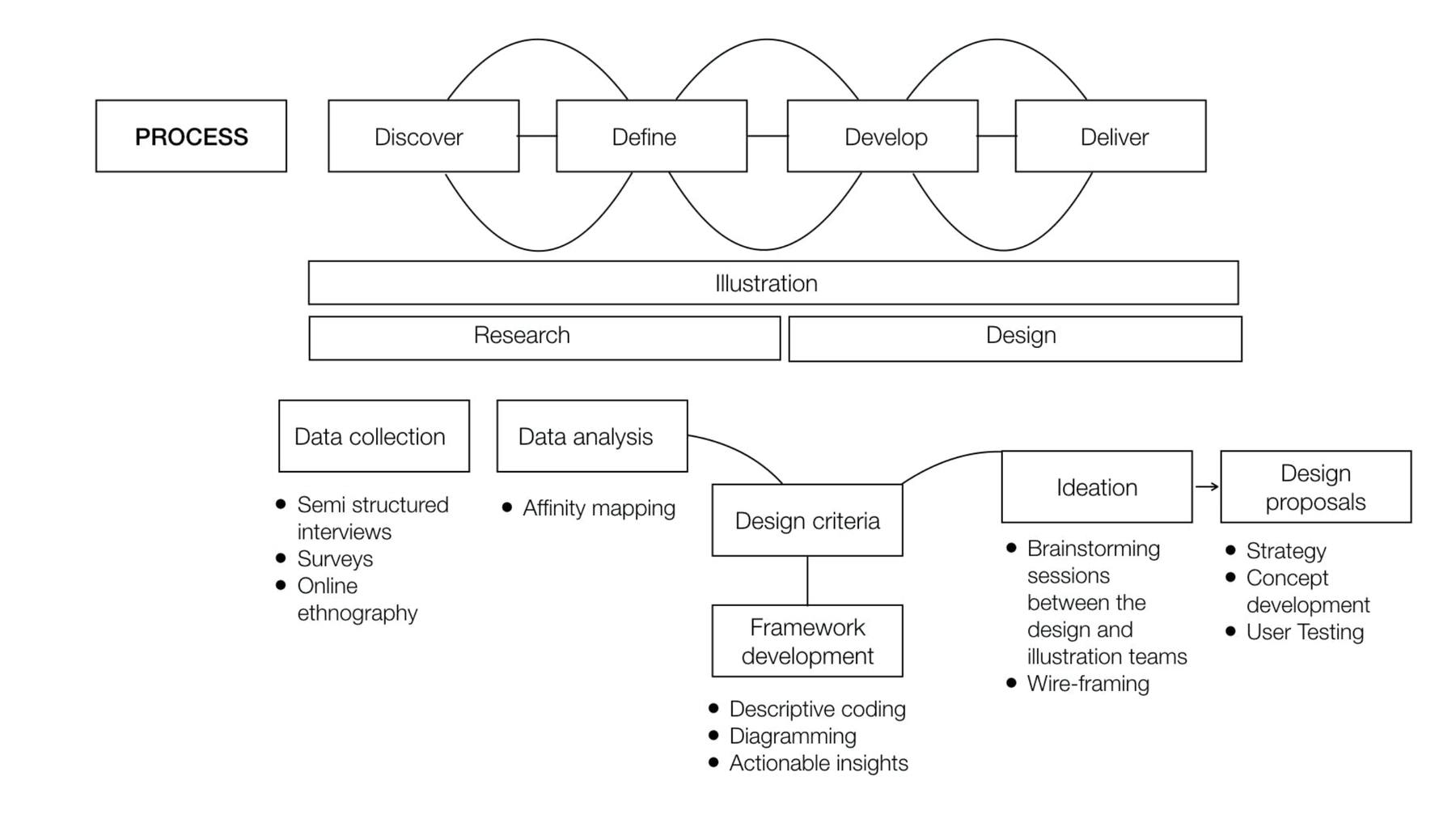
KEY SKILLS: Mapped out insights, utilized descriptive coding, organized information, developed design criteria, evaluated the design proposals with the design criteria from the research and presented to key stakeholders.
What we asked
What do you find most fulfilling about being a host?
Please tell me about a memorable Airbnb experience.
Please walk me through your experience waiting for, receiving and saying goodbye to your guests?
What is your biggest challenge and/or fear when staying in an Airbnb?
What we heard
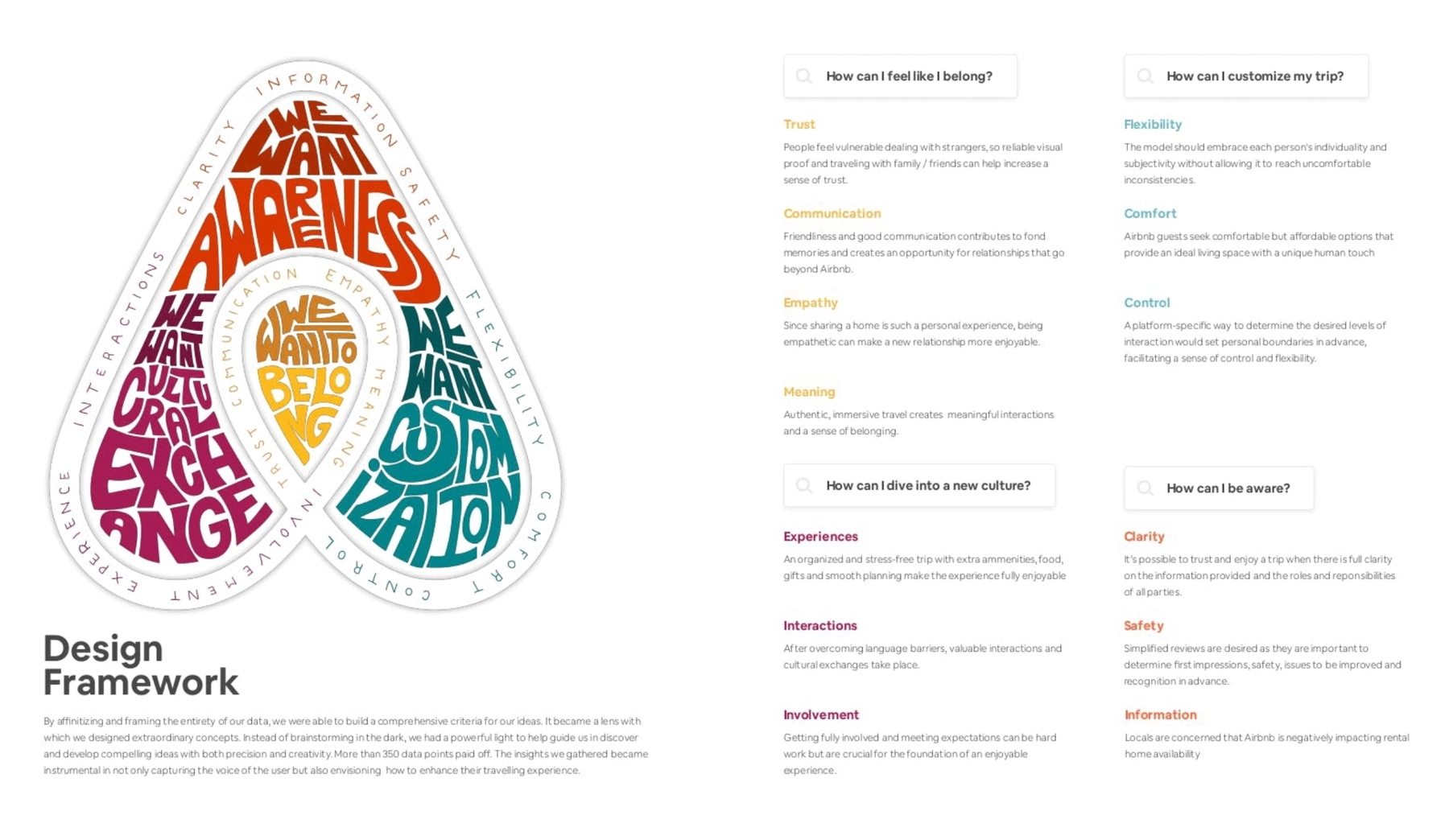
Key Insights
Belonging
Meaningful interactions between host and guest can help deal with the vulnerabilities of entering a stranger's home.
New culture
An ideal Airbnb experience is stress-free, hosts are considerate of their guests' needs and the language barriers don't get in the way of cultural exchanges.
Customizing
Users want a curated travel experience that embraces their individuality and privacy.
Aware
Clear, transparent, and pre-defined expectations of what a listing has to offer increase enjoyment and a stronger sense of safety for all parties involved.
LEARNINGS
- The interactions and exchanges between host and guest provide a sense of belonging as long as these are customized to the mutually desired level.
- Working with illustrators, learning from their process and sharing with them the research insight.
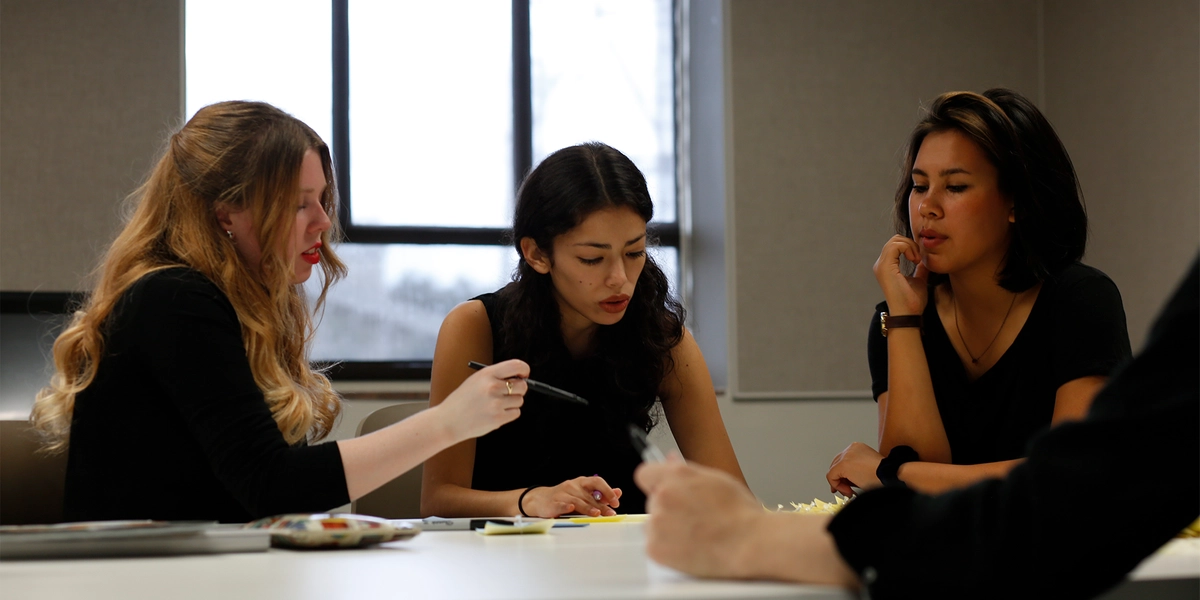
TEAM: 8 Illustrators, 2 Graphic Designers, 1 UX Designer, 1 Project Manager, and 1 Design Researcher.
For more details on my master's projects https://www.behance.net/mmorej20
Project 1: Lenovo - Aligning remote teams
PROBLEM
Overcome communication and collaboration barriers between Lenovo teams located in the U.S., China, Hong Kong, and Japan.
MY ROLE: Design Researcher and Strategist
GOAL
Uncover key pain points in remote collaboration and co-create internal tools that foster empathy and team alignment.
OUTCOME
We delivered two internal tools for Lenovo teams:
- Empathy Map Workshop – designed to build understanding across departments
- Project Alignment Canvas – to be used during kickoffs for better clarity and expectation-setting
PROCESS
We dived into getting to know these teams through research, and understood the problem they faced:

Problem statement:
Who: Cross-functional Lenovo team members working across global offices (U.S., China, Hong Kong, Japan)
What: Struggle to stay aligned and build empathy across virtual environments due to cultural and communication barriers
Where: Throughout the project lifecycle — especially during kickoff and remote collaboration
Why: Because time zones, language differences, and lack of structured communication prevent teams from feeling emotionally and strategically connected
So what: Without mutual understanding and a shared language, teams experience misalignment, missed goals, and lower engagement
KEY SKILLS: Mapped out secondary research, utilized sense-making processes, conducted interviews, diligent note-taking, transcribed interviews, analyzed interview transcripts through affinity mapping, identified pain points and opportunities, and condensed research into criteria.

We delivered mainly 2 recommendations based on our prioritized findings.

LEARNINGS
- Utilizing a priority scale: It was useful when interacting and co-creating with our client since I could see the research being validated and transitioning towards a design solution.
- Human connection: Personal and professional relationships have become more difficult to navigate in the age of constant connectivity and rapid project timelines.

TEAM: 6 Design Management MFA Candidates. Prof. Tom Hardy.
Project 2: Airbnb - Visual identity and needs uncovered from research
PROBLEM
Airbnb was evolving its visual identity to reflect inclusivity. However, it needed user-driven insights to ensure that new illustrations resonated with the emotional realities of hosts and guests.
MY ROLE: Design Researcher - Led the research strategy given limited time, resources, and connection to the illustration goals.
GOAL
To explore how hosts and guests build connection and emotional trust, and use those insights to inform illustrations and design recommendations.
OUTCOME
+100 Illustrations, 3 design concepts, and a research framework.
We helped develop the required illustrations and explored additional concepts inspired by the research.
PROCESS

KEY SKILLS: Mapped out insights, utilized descriptive coding, organized information, developed design criteria, evaluated the design proposals with the design criteria from the research and presented to key stakeholders.
What we asked
What do you find most fulfilling about being a host?
Please tell me about a memorable Airbnb experience.
Please walk me through your experience waiting for, receiving and saying goodbye to your guests?
What is your biggest challenge and/or fear when staying in an Airbnb?
What we heard

Key Insights
Belonging
Meaningful interactions between host and guest can help deal with the vulnerabilities of entering a stranger's home.
New culture
An ideal Airbnb experience is stress-free, hosts are considerate of their guests' needs and the language barriers don't get in the way of cultural exchanges.
Customizing
Users want a curated travel experience that embraces their individuality and privacy.
Aware
Clear, transparent, and pre-defined expectations of what a listing has to offer increase enjoyment and a stronger sense of safety for all parties involved.
LEARNINGS
- The interactions and exchanges between host and guest provide a sense of belonging as long as these are customized to the mutually desired level.
- Working with illustrators, learning from their process and sharing with them the research insight.

TEAM: 8 Illustrators, 2 Graphic Designers, 1 UX Designer, 1 Project Manager, and 1 Design Researcher.
For more details on my master's projects https://www.behance.net/mmorej20
